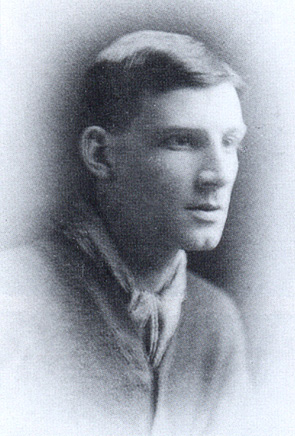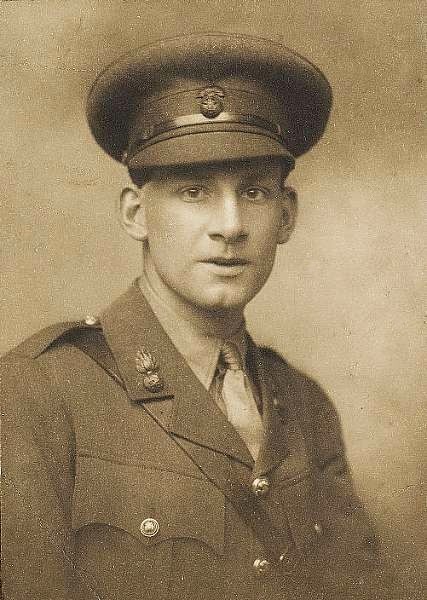Siegfried Sassoon

Siegfried Sassoon (1886-1967) was an English poet, writer, and soldier, best known for his powerful and poignant poetry about the First World War. Born into a wealthy Jewish family, Sassoon was educated at Cambridge University before joining the British Army at the outbreak of the war in 1914.
During his service, Sassoon witnessed firsthand the horrors of trench warfare, which profoundly influenced his writing. His poetry, characterized by its raw, uncompromising depiction of the realities of war, stood in stark contrast to the patriotic and romanticized narratives prevalent at the time. Sassoon’s works, such as “The Old Huntsman” (1917) and “Counter-Attack and Other Poems” (1918), were critical of the war effort and the government’s handling of the conflict.
In 1917, Sassoon made a bold anti-war statement, refusing to return to duty after being wounded. Although he narrowly escaped court-martial, he was eventually sent to Craiglockhart War Hospital, where he met fellow poet Wilfred Owen. Together, they formed a close friendship and had a significant influence on each other’s work.
After the war, Sassoon continued to write, producing novels, memoirs, and poetry. His post-war works, such as “The Complete Memoirs of George Sherston” (1937) and “Siegfried’s Journey” (1945), explored themes of disillusionment, personal growth, and the long-lasting impact of the war on society.
Siegfried Sassoon’s contributions to war literature and his unwavering commitment to exposing the truth about the realities of combat have solidified his place as one of the most important poets and writers of the 20th century.





